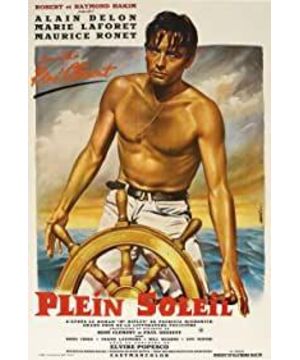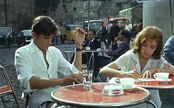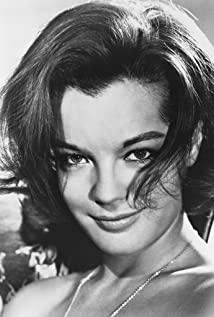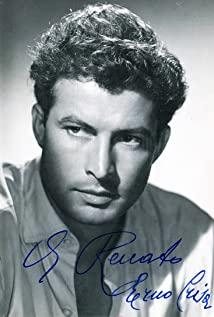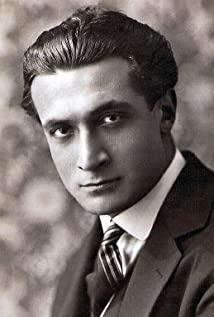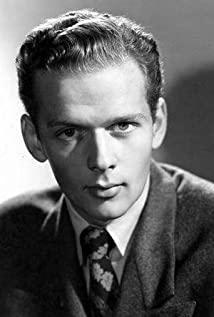Many people were very impressed by the 1999 crime film "The Talented Mr. Ripley", but they did not know that it had another French version of "Plein soleil" in 1960. Both films are adapted from the novel "The Genius Ripley" by Patricia Highsmith.
"The Sin of the Wrath" is René Clément's version of "Sin in the Sun". The original French title means "Sunshine", which comes from the sigh of Mr. Ripley when he was lying in the sun on a lounger at the end of the film.
There is nothing new under the sun. It was Mr. Ripley's genius crime that was naked in the sun.
The film style is beautiful, colorful and poetic. The contrast between the sun and the sea is even stronger, and yellow and blue are highlighted in the picture. Human skin is wheatish, and the music not only reflects the Italian style, but also gives a dance-like rhythm to the ruthless murder and abandonment of corpses.
At the beginning of the film, the dual relationship between the two protagonists is established. The opening scene gave us a lot of information. On the surface, they were friends, but in fact, Tom Ripley brought home the wealthy son Philip Green home for money. And Philip didn't plan to go home at all. Although he fooled around with Tom, he really didn't look down on this friend.
Freddie, Philip's real friend, pointed out the real Ripley: He is a gangster, a vagrant. Ripley showed his talent for forging signatures at the beginning, paving the way for the subsequent plot.
In this scene, Alain Delon's then-girlfriend Romy Schneider and the famous "Princess Sissi" also came to play a cameo as a girl with Freddy. .
Then, Tom's girlfriend Maggie appeared, and the relationship between the two was reiterated again. Tom is only Philip's follower. Philip doesn't care and respect Tom. To him, Tom is a gangster who likes to be rich. If his father had hired him, he would have kicked him away.
As for Tom, on the surface he is a small attendant, but in private he is making his own calculations. He was jealous of Philip's wealth and love for women. His dream is to be someone like Philip. Or, go one step further and simply become Philip.
In this bold scene, the vain Tom dreamed of replacing Philip for the first time. Taking advantage of Philip and his girlfriend's affection, he changed into Philip's clothes and imitated Philip to kiss Maggie in the mirror. Probably only Alan Delon can achieve such a screen effect: that innocent and beautiful man has turned into an evil prince.
On the ship, the conflict between the two protagonists intensified. The three are a very unstable combination, and in a closed environment, the dramatic conflict will magnify.
This scene is reminiscent of Roman Polanski's Virgo "Sword in the Water" (Nóz w wodzie, 1962). There are also three people, a knife, and a man is moved by the other's girlfriend and murders. Surging in the dark.
Tom cleverly recalled Philip's life-saving grace, mainly for Maggie. Philip corrected Tom's method of using the knife and opposed Tom's way of gaining sympathy. But this annoyed Maggie. The simple Maggie blamed Philip for disrespecting friends, and Philip responded: "Put away your tears, he only has money in his head."
They started the "trick" of you coming to me. Tom dropped the life raft off the boat, Philip left Tom on the life raft independently as punishment, but unexpectedly the rope broke and Tom was burned. Tom put the woman's earrings in Philip's coat pocket, causing Philip and Maggie to have a big fight, and Maggie disembarked.
A lot of foreshadowing has been done before the murder appears to be imminent and natural. A shot of the pocket watch was given when the murder took place. It was close to 12 noon, and the murder took place at the sunniest hour of the day.
Rene Clement is a technical director, who gives the story the necessary delicacy and ingenuity. In about one-third of the film, Philip was killed, and about two-thirds, Freddie was killed. There are many scenes in between showing how Tom pretends to be another person. From buying a projector, practicing signing, to forging certificates, they are shown in detail like a documentary.
The plot always takes place in a closed circle. Philip said at first that he has no other acquaintances here, except Freddie. So Freddie later became an obstacle and was eliminated. Tom and Philip, from skin color, hairstyle, to the tone of speech, became more and more alike, until there was a close-up scene where Tom and Philip's faces were juxtaposed together, and we were surprised to find that they looked so alike.
No character is irrelevant, and the characters that appeared before will certainly appear later. Needless to say, Freddy, like the ballet teacher and her male partner, first appeared as passers-by, but then it was them who heard someone calling Philip Green’s name in the hotel. After Freddy’s body was found , They also appeared. The man's ambiguous words at the end make people wonder if he has guessed everything.
Alan Delon is a rare type of actor: beautiful enough that we can forgive him for all his sins. We not only forgave him, but also sympathized with him, obsessed with his amazing behavior and imagination (think of the scene where Fred was just killed and sat down to eat a chicken). On the other hand, in "Genius Ripley", the role played by Matt Damon is hard to create empathy, let alone infatuation. (To be honest, I can hardly imagine anyone will be a fan of Matt Damon)
Of course, the fascinating charm of this crime story lies not only in the stunning beauty of the male protagonist, but also in the way the film is photographed. Half of the film observes the world through Tom's perspective. The world in Tom's eyes is sunny and colorful, and the Italian landscape in the portable lens is full of fluidity. The other half is similar to a Hitchcock theme, shot from behind, calmly revealing Tom's crimes. For example, there are three shots of the same boat docking, with the same framing and soundtrack. The first time Tom and Philip were on the boat together, they were still "good friends" at that time. The second time it was Tom himself, he had already killed Philip. For the third time, Philip's identity was also abandoned by him, and he came to find Maggie alone. (The sunlight in the three scenes is gradually dimming)
Tom's psychology is expressed through close-up shots. Alan Delong's handsome appearance, the charming eyes with twinkling eyelashes... The film did not intend to portray Tom as a victim of social oppression and injustice. He is purely a sinister and cunning liar and murderer. But the film does not make moral judgments. This is a story that transcends moral judgments. It just wants to tell us that there is a person who likes money and wants the best, so he did what he could.
At the same time, Philip is not an evil playboy, he is just a spoiled child, arrogant, playful, and a little hypocritical, but he is sincere to Maggie and never thought of hurting Tom.
"The Sinking Corpse" changed the ending of the novel. When Philip's ship was dragged ashore, his decomposed body was surfaced with the rope entangled with the propeller. When Mr. Tom Ripley was basking in the sun and was extremely satisfied with what he had now, he didn't know that his crime had been exposed. He smiled and answered the phone, when the film stopped abruptly.
Public number: movie set box (laodianyinghualang)
View more about Purple Noon reviews


